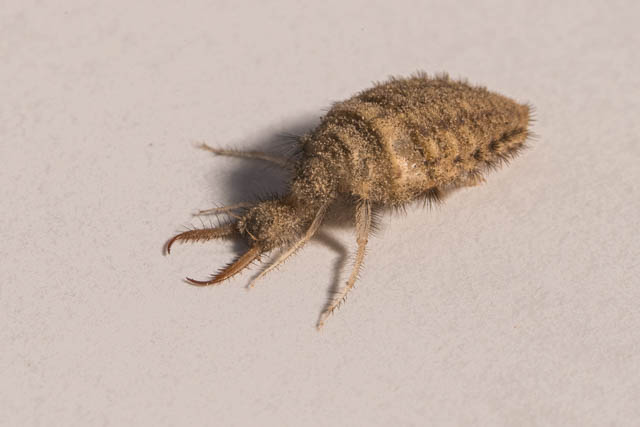I have recently been investigating antlions. When I was a science teacher, I often used to get year 7 students to find and collect ant lions from the playground and then set them up in the lab and feed them for a few weeks before letting them go.

Their traps are easy to spot – small conical pits in sand, usually dug out in dry locations like under buildings or in small caves. My students used to use metal beakers to scoop up the sand where the pit was, and then empty the sand onto a large sheet of newspaper and slowly sift through the sand looking for the insect. Once found, they would place some sand in beaker and add the antlion and observe it.

I have long thought it would be interesting to see an antlion make the pit as a time lapse movie. That is what I have recently done. I placed an antlion in a plastic container together with several centimetres of sand and then waited until the antlion starting making the pit. Then I set up the camera. The antlion took about 30 minutes to dig out its pit trap.
I had earlier, on a bush walk, filmed an antlion capturing an ant that I had dropped into one of their pits. That is included in the movie –
Looking online (other Youtube moves on antlions) – it seems that the antlion larvae stage lives in the sand for up to three years before it changes into an adult. During this time it eats ants and other small arthropods that fall into the trap. It then “wakes up” and flicks sand at the victim. The sprays of sand start small avalanches in the sides of the pit stopping the victim from escaping. Then, the antlion grabs the victim, injects it with a neurotoxin and later ingests its contents. Any remains are flicked out of the pit and the pit remade if necessary. Amazingly, for all these years, then antlion is unable to go to the toilet and has to wait till it reaches the adult stage.
The adult stage of the antlion, resembles a dragonfly. They are related to Lacewings and Mantis Flies. The adults probably don’t live for too long. A few weeks perhaps?
